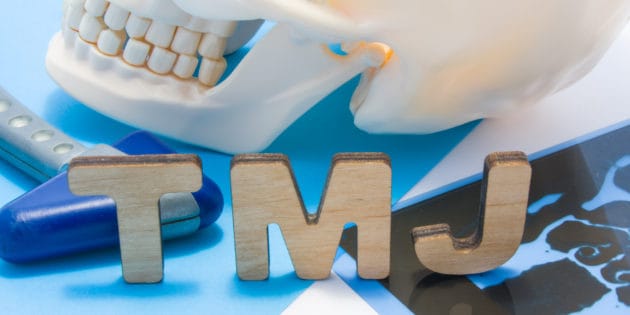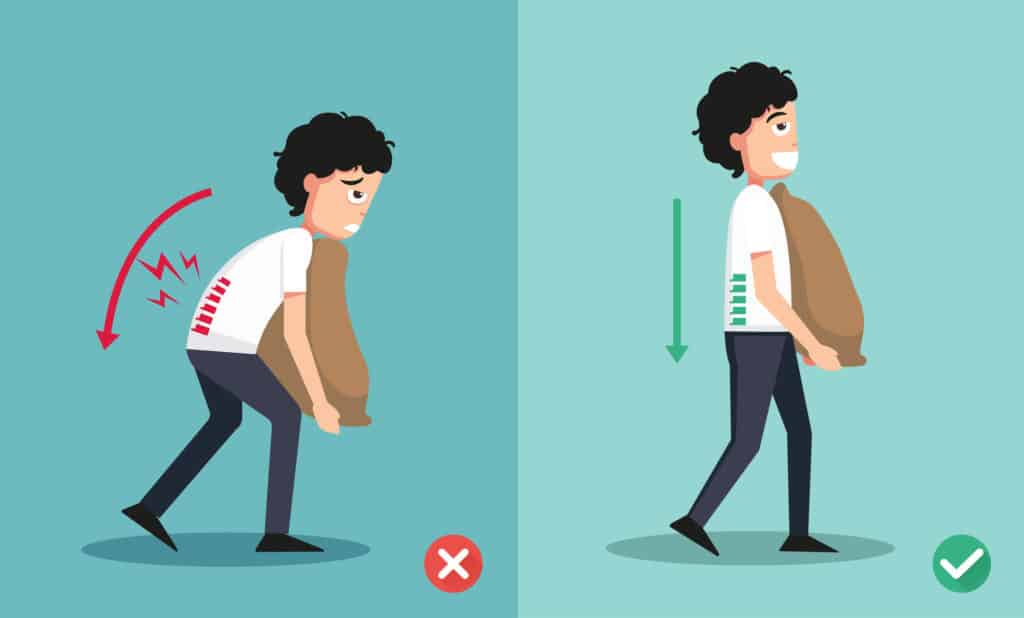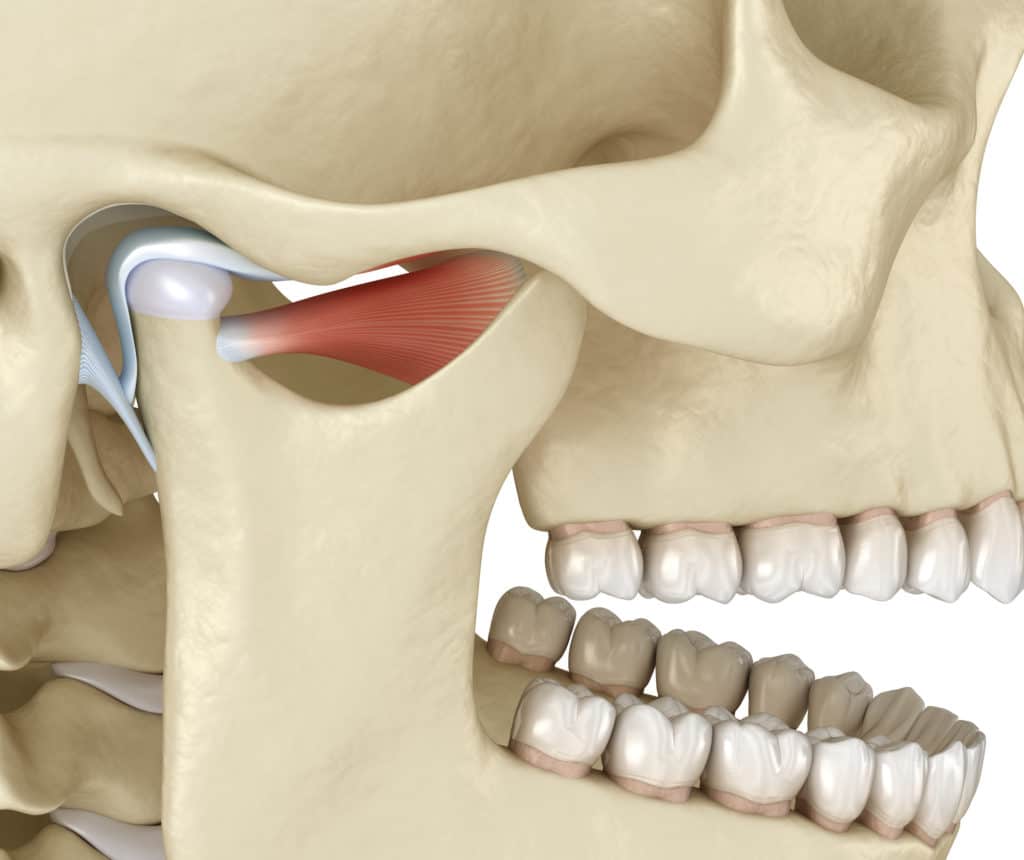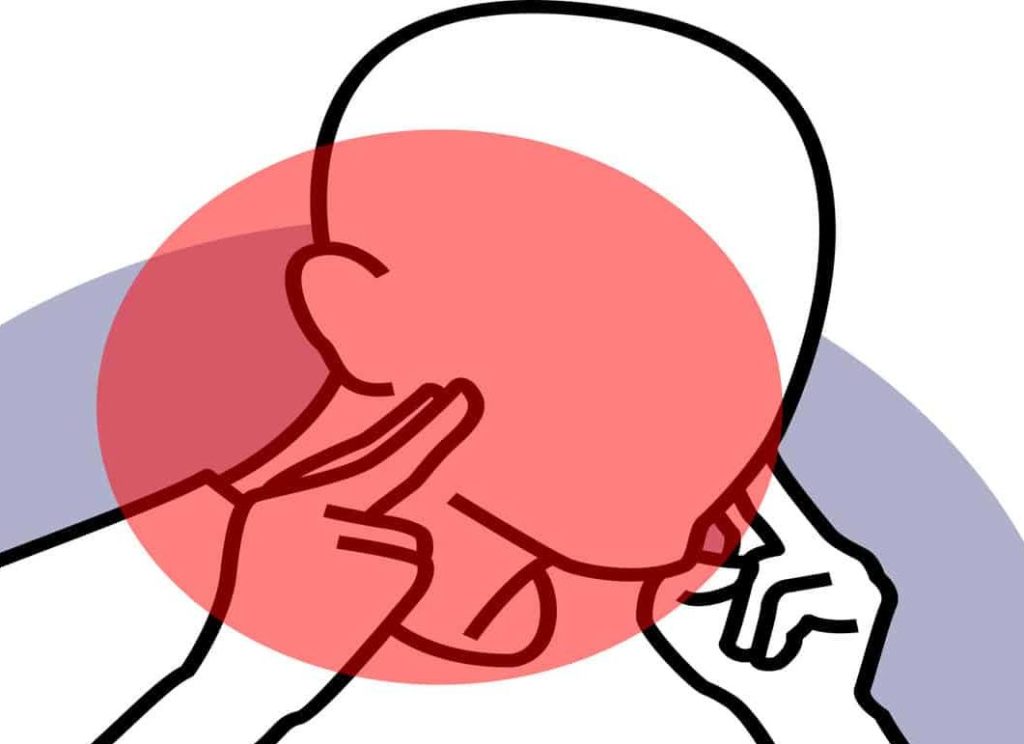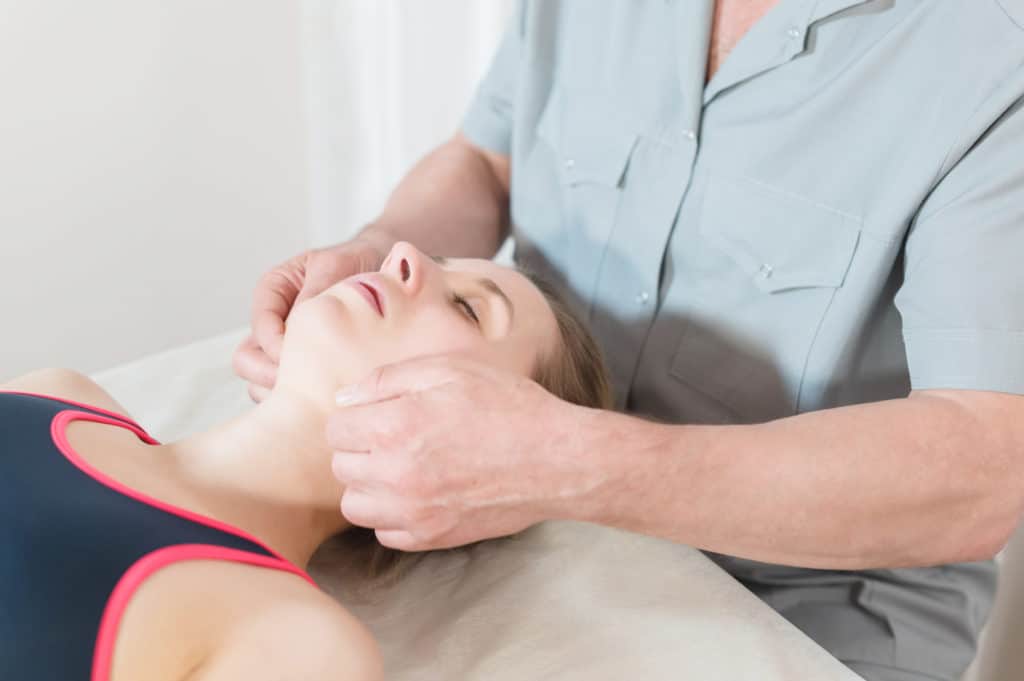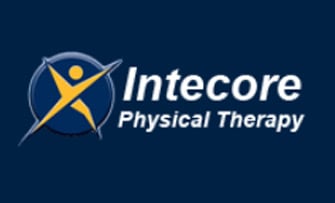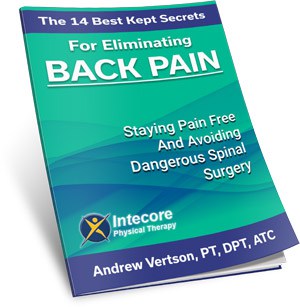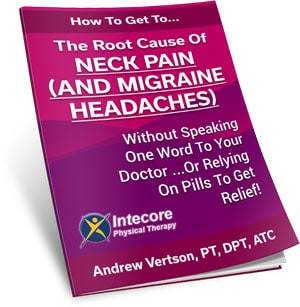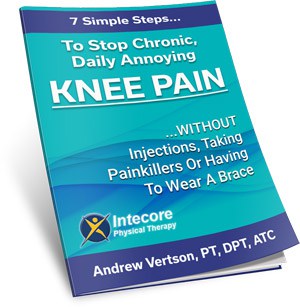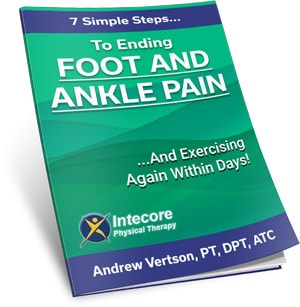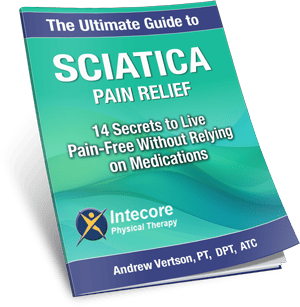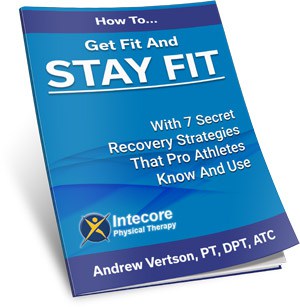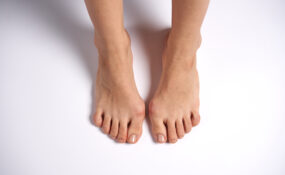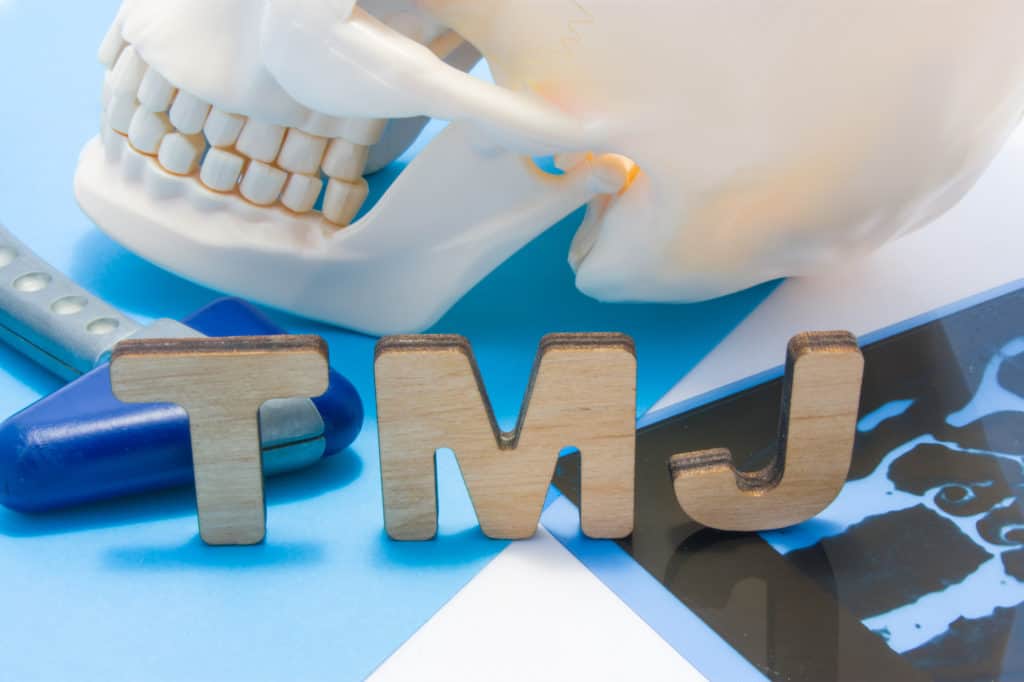
Is your daily life being affected by the misery of TMJ pain and stiffness?
TMJ/TMD (temporomandibular joint disorder/dysfunction) is quite a common medical condition afflicting around 10 million people across the US. As you’ll know, if you suffer from it, this painful condition restricts jaw movement. It affects your ability to chew and open your mouth entirely.
Most people refer to the condition as “TMJ,” but this term is incorrect because it’s just the jaw joint’s name. The correct name for the condition is Temporomandibular Joint Disorder (TMD).
Temporomandibular Joint Disorder (TMD) is more common among women aged 20-40, and it can lead to a whole host of other issues. Some of these include lockjaw (where jaw muscles spasm and restrict the ability to open your mouth), incorrect posture, chronic jaw clenching (Bruxism), and even jaw fractures.
But what can you do about it?
Well, it might seem sensible to visit your dentist to treat temporomandibular joint disorder. Dentists can help if your root cause is an oral issue or teeth misalignment. But in most cases, it isn’t. In fact, the best treatment for TMD is physical therapy. Physical therapy helps to reduce jaw stress, relieves symptoms and pain, and restores regular jaw movements. But you need a physical therapist who is exceptionally well trained in the proper treatment techniques for TMD.
At Intecore Physical Therapy, we use a customized exercise and movement program and hands-on physical therapy to help you recover from TMJ issues and improve your quality of life.
More Blogs From Intecore
Flat Feet: How Can Physical Therapy Help?
Tennis Elbow: What You Need To Know
Is My Chest Pain Serious And What Help Can I Get?
What Is Temporomandibular Joint Disorder (TMD)?
The temporomandibular joint (TMJ) is a hinge-like joint that links the jaw to the skull on each side of the head near the ear. If you place your hand on your face at the front of your ear and open your mouth, you’ll feel it moving up and down. If you have problems with your TMJ, you might feel pain or tenderness here too.
The TMJ plays a critical role in jaw movements like chewing, opening your mouth, talking, and yawning. When you have temporomandibular joint disorder (TMD), it negatively impacts the natural function of the jaw, which causes chronic pain and restricts your ability to move your jaw to eat, talk, brush your teeth, and do many other daily tasks.
What Causes Temporomandibular Joint Disorder?
There are many potential causes of TMD that we can treat with physical therapy. However, the most common ones we see at the Intecore Physical Therapy clinic include:
- Poor posture: One of the more common reasons for temporomandibular joint disorder is the excessive time most of us spend leading a sedentary lifestyle with an improper posture with the head held too far forward. Other activities impacting posture are sitting for long periods at a desk, commuting long distances in the incorrect position, carrying a child on the hip in an incorrect position, etc.
Each of these can lead to stress on the natural head and jaw position. In addition, leaning the head forward too often strains the Temporomandibular joints’ ligaments, spinal discs, and the neck and shoulder muscles. Again, this strain affects the jaw position, and your chewing muscles are put under extra stress. - Displacement in the Temporomandibular Joint: If any kind of displacement to the soft tissue or disk between the ball and socket joint in the jaw occurs, it leads to a popping or grating sound accompanied by pain.
- Arthritis: From time to time, we also see cases of temporomandibular joint disorder where the cause is a specific medical condition such as osteoarthritis.
- Any kind of trauma: If your head or face undergoes any type of trauma – because of an accident or a surgical procedure. It may result in a fractured jaw that can cause Temporomandibular Joint Disorder. Unfortunately, in some cases, even after the fracture is healed, pain and stiffness may remain in the temporomandibular joint.
- Bruxism: More commonly referred to as jaw clenching, Bruxism occurs in many individuals when sleeping due to stress. Some also clench their jaw throughout the day whenever under pressure. Over time it leads to strain on the temporomandibular joint and adjoining muscles.
- Lockjaw: Medically referred to as Trismus, lockjaw occurs when muscles of the jaw spasm and restrict jaw movements. Lockjaw could be the cause and a symptom of temporomandibular joint disorder. Other reasons leading to lockjaw include radiation therapy, tetanus, and jaw injury.
- Incorrect teeth alignment: Medically referred to as malocclusion, people that suffer from improper teeth alignment tend to cause stress to the temporomandibular joint when they’re eating and chewing.
- Post-surgery: Movement of the temporomandibular joint is sometimes affected after surgery on the jaw and the face.
What Are The Main Symptoms Of Temporomandibular Joint Disorder?
In our experience, the symptoms of TMD vary significantly from patient to patient, but the most common symptoms are:
- Difficulty while talking or chewing
- Lockjaw
- Pain and fatigue in the jaw
- Headaches and occasional bouts of dizziness
- A popping sound when the jaw moves
- Pain in the neck
- Ringing sounds in the ear around the affected part of the TMJ.
Do You Have TMD?
To make a diagnosis of TMD, we first try to identify the cause of your symptoms. To do this, we:
- Check your medical history to find out whether you have had any trauma, surgery, or injury to the face or neck.
- Perform a detailed physical examination of your neck and jaw while examining the muscles and soft tissues in your face and neck.
- Ask about your symptoms- particularly the type of pain you have and what triggers it – to help determine the root cause.
- Evaluate your natural spinal posture paying particular attention to your cervical spine and how it moves (or doesn’t).
- Finally, we examine your temporomandibular joint to check mobility and flexibility and determine whether any abnormalities exist within the joint.
*If, after the physical examination, we determine that your temporomandibular joint disorder is due to poor teeth alignment, we might refer you to your dentist for confirmation and further treatment.
How Does Physical Therapy Help Temporomandibular Joint Disorder?
At Intecore Physical Therapy, we provide a range of specialist solutions to end TMD pain and stiffness. These solutions are for people who prefer not to use pain medications or other invasive treatments and want to fix their pain TMJ naturally.
We’re an outpatient orthopedic and sports medicine rehabilitation center, and we’re committed to providing the highest quality care for our patients.
As physical therapists specializing in TMD, we help patients with TMJ problems in numerous ways. From managing your symptoms and pain to gradually helping to restore the regular movements in your jaw. We create an individualized therapeutic exercise and movement program and use hands-on physical therapy and joint manipulation to break down restrictions and improve mobility and flexibility in the jaw and surrounding muscles and ligaments. Other ways that we can help include:
- Maintaining the correct posture: If you tend to sit in a position where your head is too far forward, you will experience strain and stress in the chin muscles, leading to the lower jaw being pulled and the mouth opening even while resting. All of this causes stress on the temporomandibular joint. It also may cause excess pressure on the jaw muscles for the mouth to remain closed if this is the case for you. We educate you about the harmful effects of your posture while showing you how to maintain the correct posture of the head and neck, which helps prevent temporomandibular joint disorder.
- Strengthening exercises: Depending on your specific circumstances, we may instruct you on how to perform specialized low-level movements with minimal pressure on the TMJ while strengthening the tissues, ligaments, and muscles to improve your jaw mobility and relieve pain.
- Better jaw movement: One of the most effective ways we relieve stress and pain in the joints and tissues is via manual therapy. We use hands-on movements to treat TMD that help the jaw to stretch, improve flexibility, and restore normal movement. We also remove any scar tissue that might have built up in chronic cases of TMD.
- Additional treatment: In patients suffering from chronic TMD and severe pain, we might opt for other treatments like ultrasound or electrical stimulation to reduce pain and inflammation.
- Dental recommendations: If the cause of your TMD is determined to be due to the improper alignment of your teeth, we might recommend visiting a dentist specializing in TMD. The dentist will prescribe special wearable guards to improve the position of your temporomandibular joint, alleviate pain, and improve movement.
How Can I Get Help With My Pain?
TMJ pain isn’t something that anyone should have to put up with, and we want to help you.
Why not start by getting in contact and seeing how we can start you on your journey to recovery.
The sooner that you get in contact, the sooner you can wave goodbye to your pain.
- 7 Ways to Get Rid of Tension Headaches Naturally - July 1, 2025
- Why Are My Feet Swollen? Common Causes Explained - June 2, 2025
- What Is Restless Leg Syndrome? Symptoms, Causes, and Relief Options - May 5, 2025

